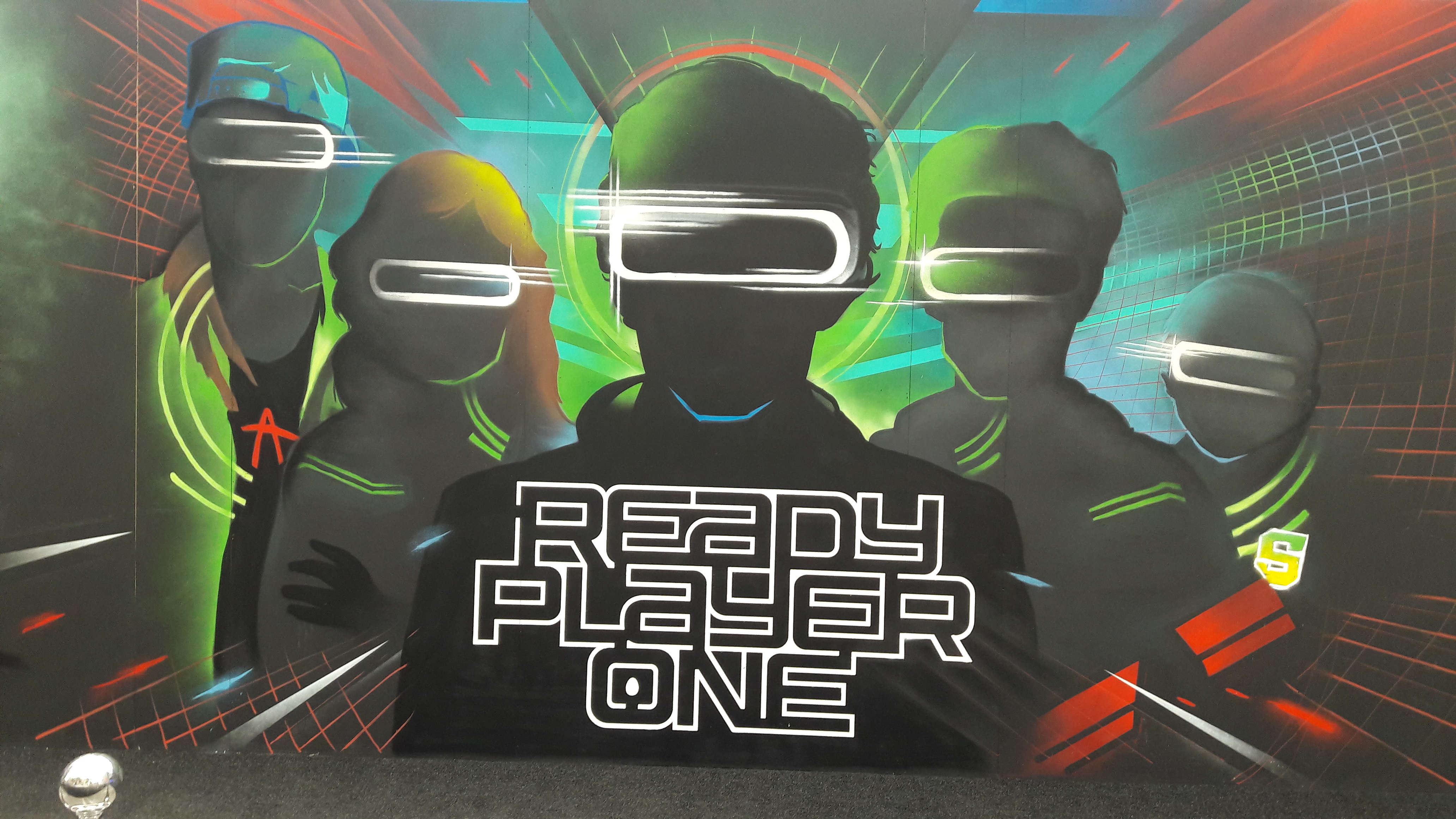
Recently, the power of nostalgia has turned very profitable for the entertainment industry. For this reason, many old TV shows and films have received new treatments like prequels, sequels, and/or reboots. Still, some new stories draw on this love of old school media while still maintaining their own life and a fresh new perspective—most notably, the Netflix hit Stranger Things and the recent Spielberg film, Ready Player One.
Based on the novel of the same name by Ernest Cline, Ready Player One relies on the iconography of the 1980s to create a fantasy world of pure imagination, wherein characters from video games, television, and films all converge. After The Post (2017), the fantasy film marks Spielberg’s return to the genre that made him so famous. His vision effortlessly transports the audience into the virtual world of the Oasis, rendered via astounding computer graphics. This also creates an interesting overall visual aesthetic for the film, as Spielberg produces a distinct contrast between this virtual reality and the actual reality of the film’s world, which is captured by traditional live-action film. Due to scheduling conflicts, Alan Silvestri replaced John Williams to compose the music for the film, a switch that ultimately resulted in even more nostalgia: Silvestri brings back his famous Back to the Future score in the film when the iconic DeLorean appears on screen.
A treat for those who grew up in the 1980s and for those who simply love video games, Ready Player One is an unforgettable escape from reality.
